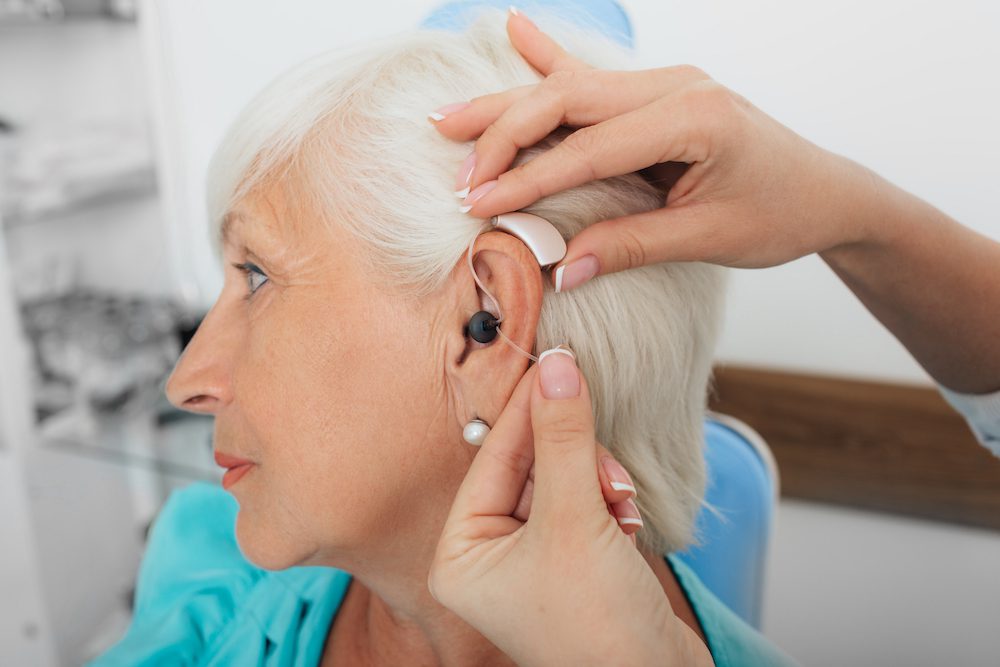Hearing aids are designed to provide tailored solutions for addressing hearing loss, with distinctive styles catering to varied preferences and needs. Every style has distinctive benefits, which help make sure that individuals can find the ideal fit for their specific lifestyle and needs.
However, with so many types of hearing aids available, it can often be pretty confusing to select the right one. After all, hearing aids today come in a myriad of shapes, sizes, and styles, each of them designed to cater to different levels of hearing loss and individual preferences. Selecting the right hearing aid would depend on a number of factors, including one’s lifestyle, level of hearing loss, required features and aesthetic concerns.
Over-the-ear or OTE hearing aids are the most common style, due to their versatility. Over the ear hearing aid would fit the ears physically, and are able to support a wide range of hearing power needs owing to the added space for technology to be housed behind the ear. While traditionally OTE hearing aids were a bit large, they have significantly shrunk over the years, with advancements in technology. Today, it is possible to find OTE hearing aids that are virtually invisible, particularly for people with longer hair.
Two types of Over-the-Ear hearing aids
OTE hearing aids are among the most widely used hearing aids due to their versatility. Such devices are designed to accommodate more advanced degrees of hearing loss than custom In-the-Ear (ITE) hearing aids, ranging from mild to profound. Over the ear hearing aid usually house advanced hearing technology and have a longer battery life than most ITE aids. OTE hearing aids can be of two types:
- Behind-the-ear (BTE) Hearing Aids: BTE hearing aids are known to be the only variant of hearing aids that are able to address every degree of hearing loss, right from mild to profound. Such hearing aids are ideally designed with a durable plastic casing that tends to rest behind the ear. The only thing going into the ear is either a tube or wire with a soft tip or an ear mould, depending on the fitting. While wind interference and feedback are possible with BTE hearing aids, they should not be a common issue.
- Receiver-in-canal (RIC) Hearing Aids: Receiver-in-the-canal hearing aids are able to treat mild to severe levels of hearing loss. They are generally smaller than traditional behind-the-ear (BTE) models. RIC hearing aids have an almost invisible wire that connects an exterior case to a tiny earbud inserted into the ear canal. This internal speaker provides a more subtle look, which is largely favoured by hearing aid wearers. RIC hearing aids are quite simple to insert, and are able to support the majority of the hearing technologies. Much like BTE devices, feedback and wind interference are possible but shouldn’t be a common issue.
While over-the-ear hearing aids are larger than in-the-ear hearing aids, modern OTE devices are engineered to be very light. One can comfortably wear them the whole day without experiencing any discomfort.





